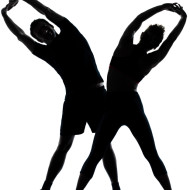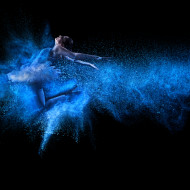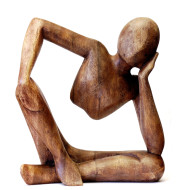
Laban-based movement professionals belong to a “cognitive minority,” a term coined by sociologist Peter Berger. Berger points out that all human societies are based on knowledge. However, most of what we “know” has been taken on the authority of others. For example, I’ve never personally attempted to verify that the earth travels around the sun, but I accept this view as genuine knowledge of how our solar system functions. Such socially-shared concepts define our world and allow us to move through life confident that we know what is real and meaningful, and what is not.… Read More









